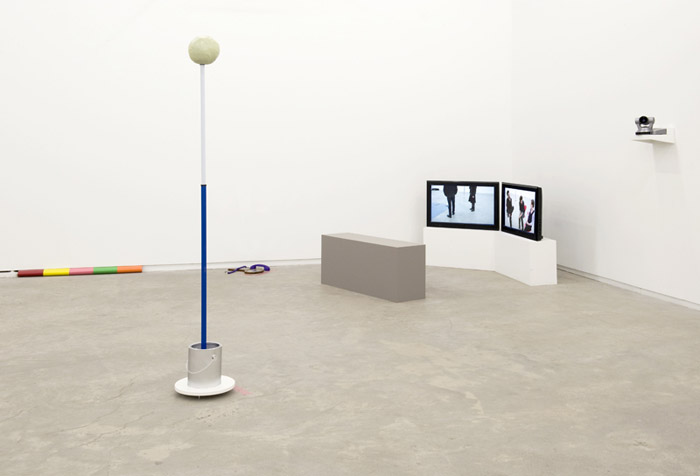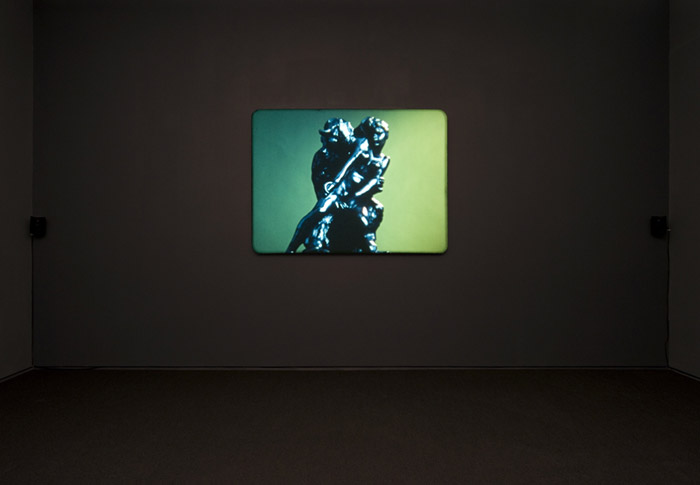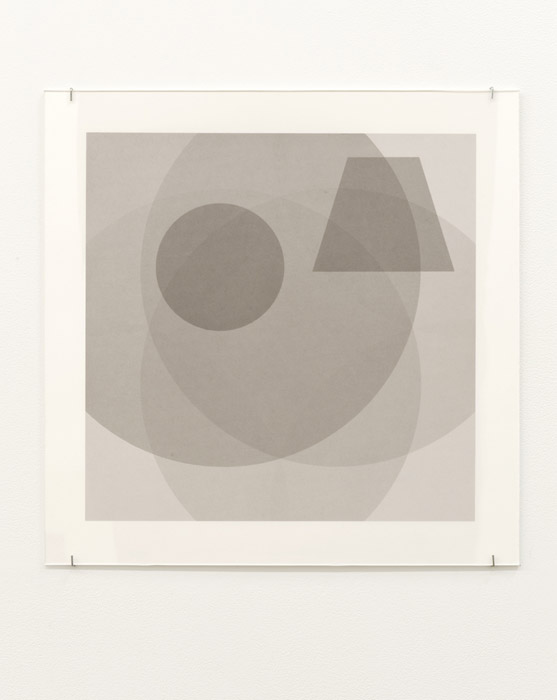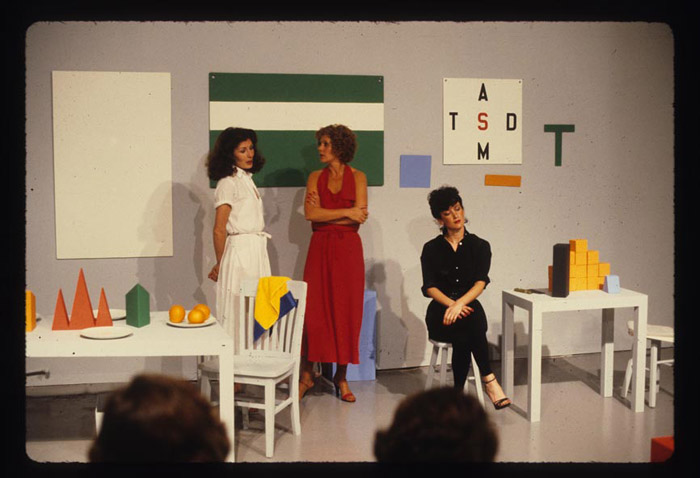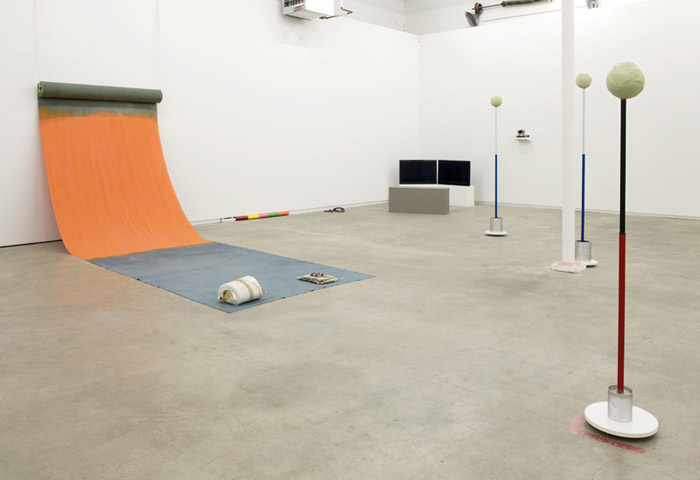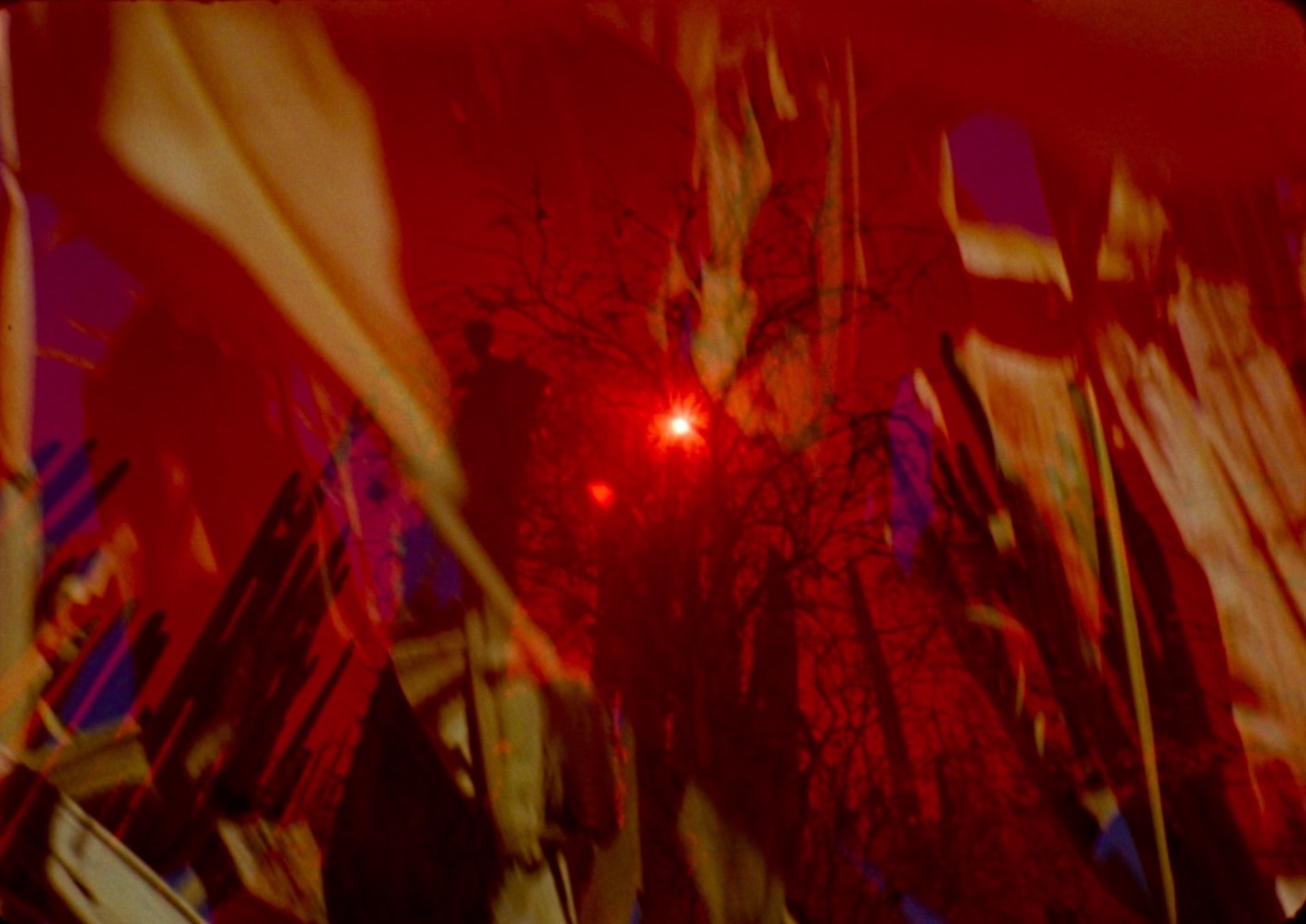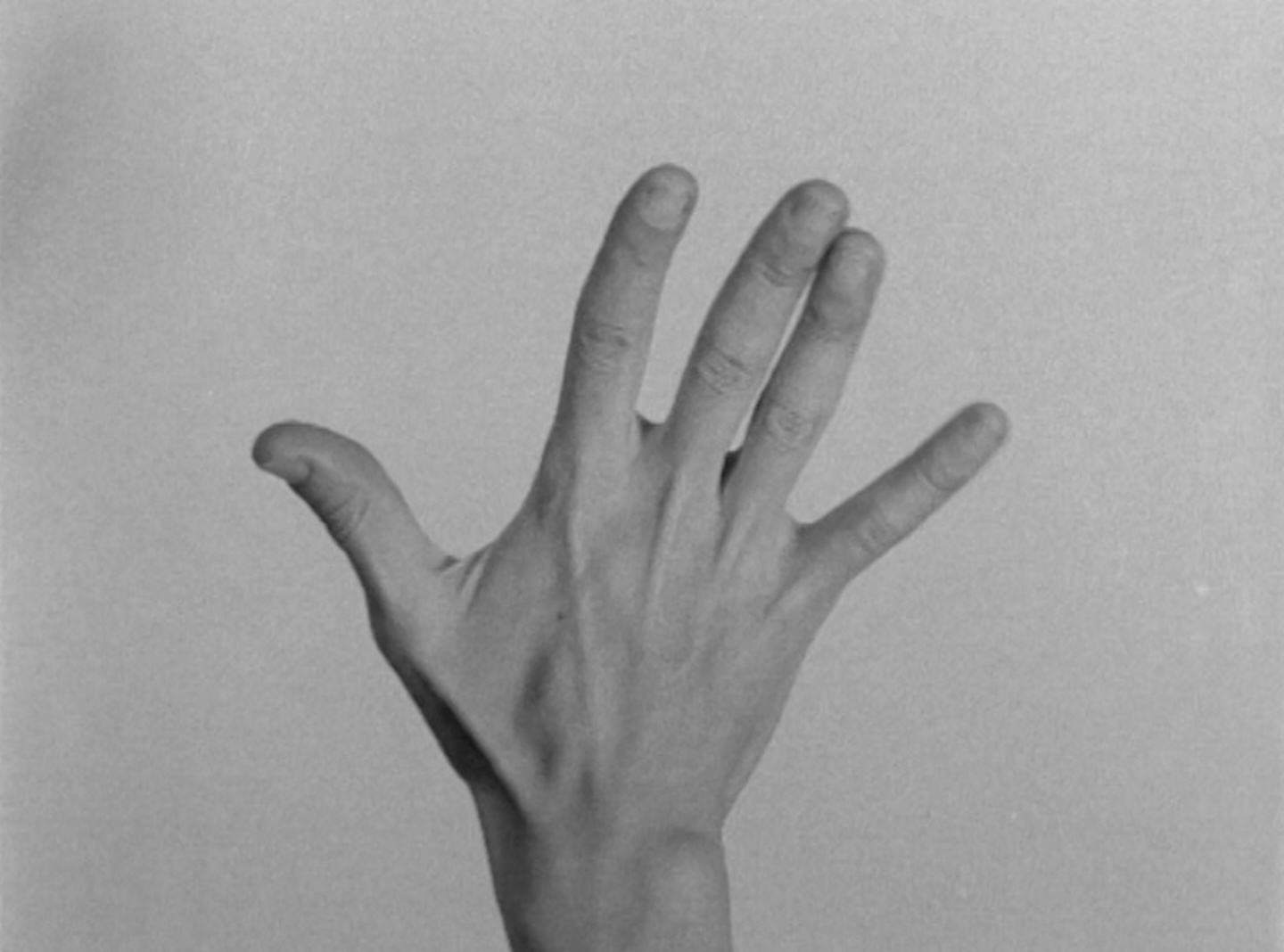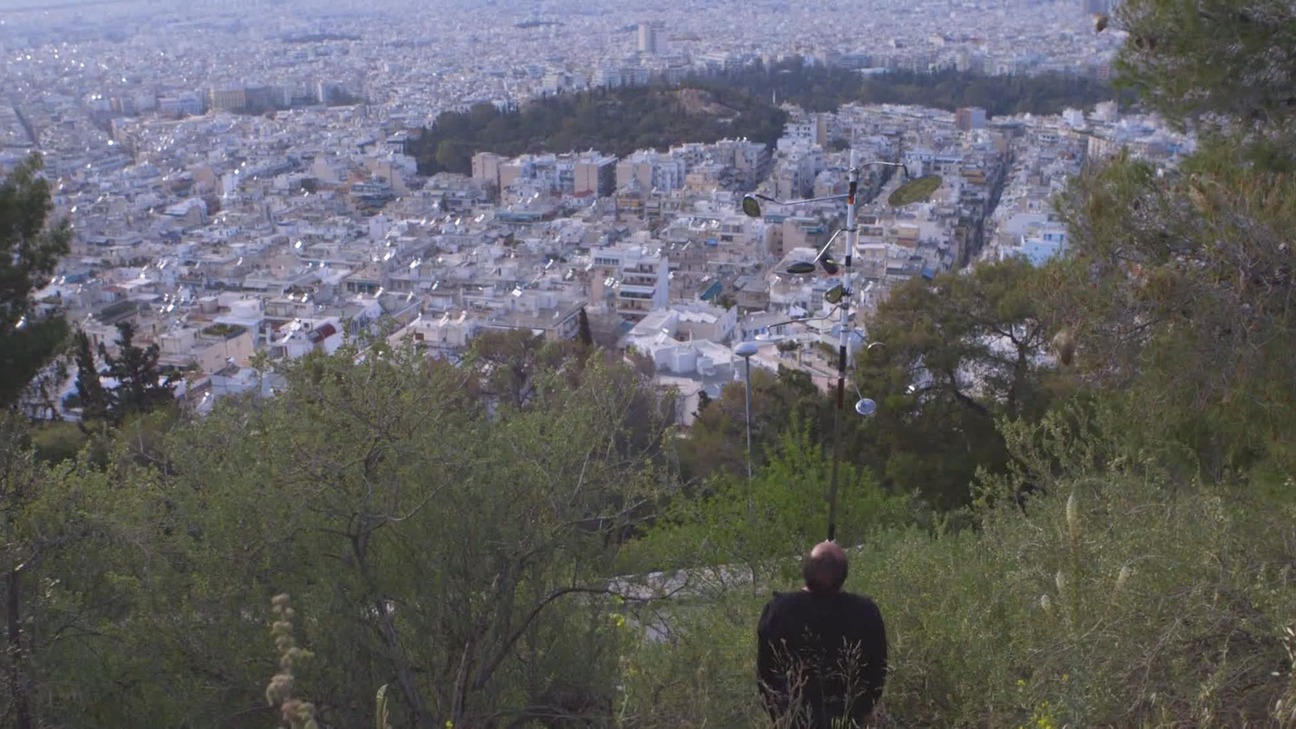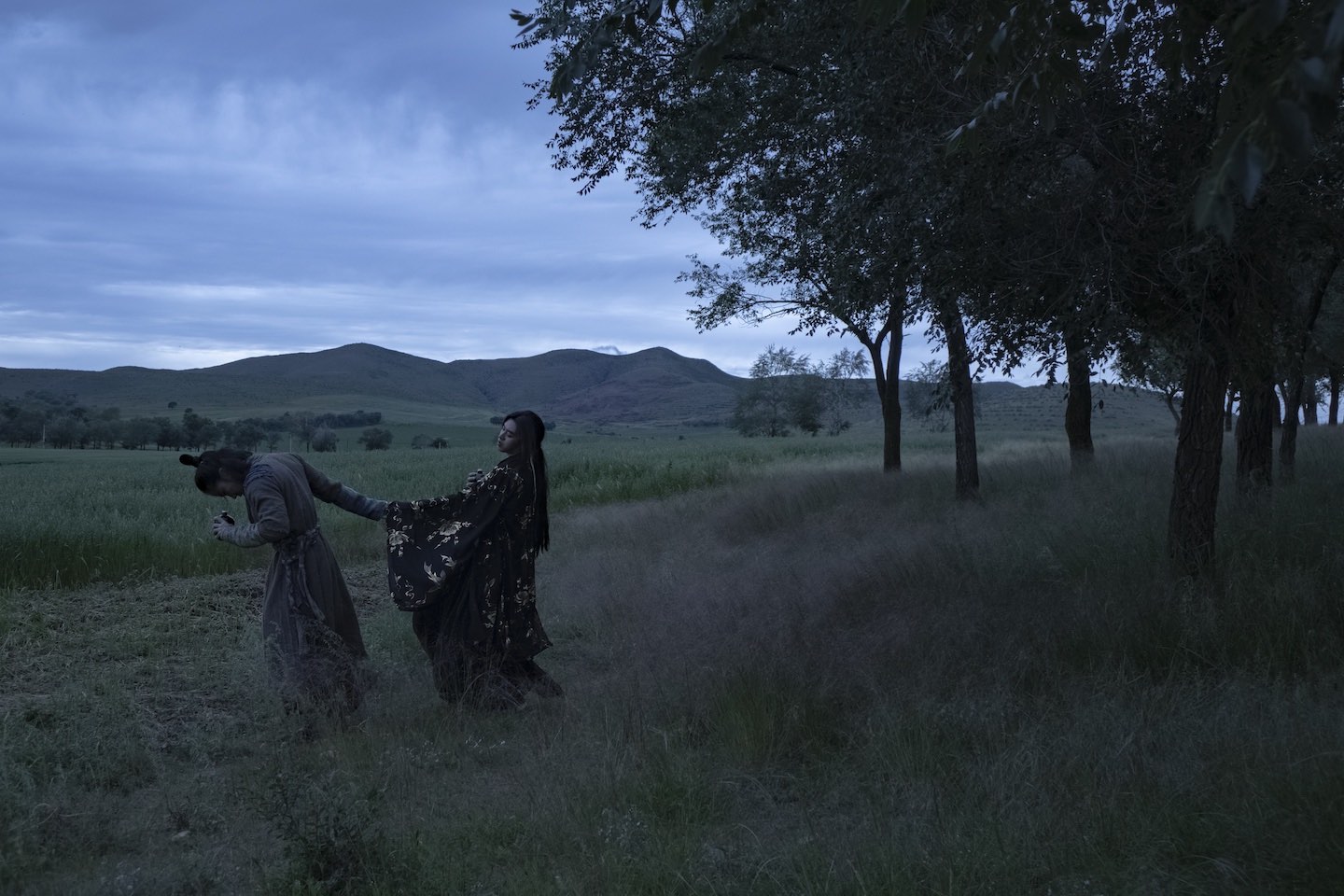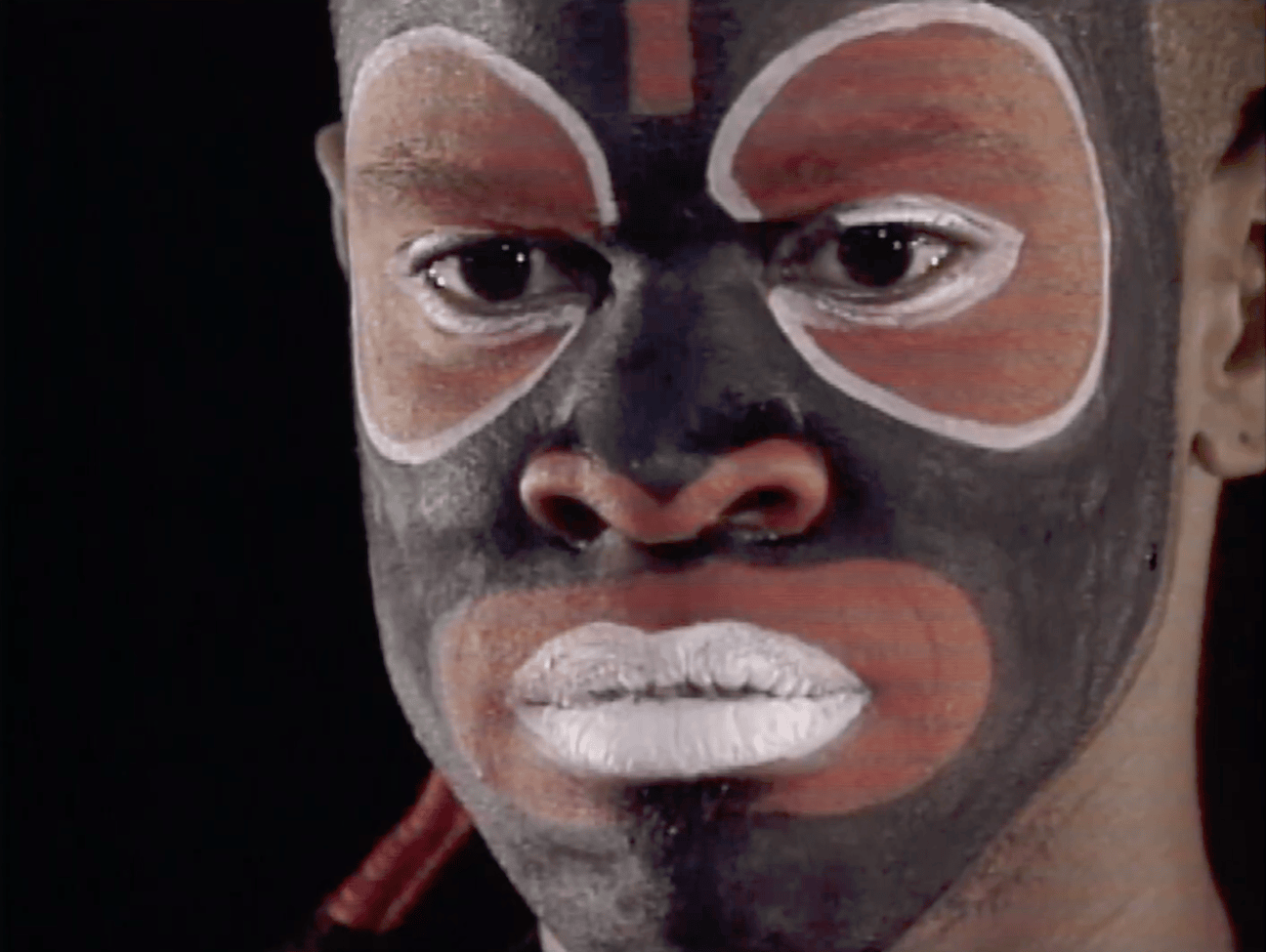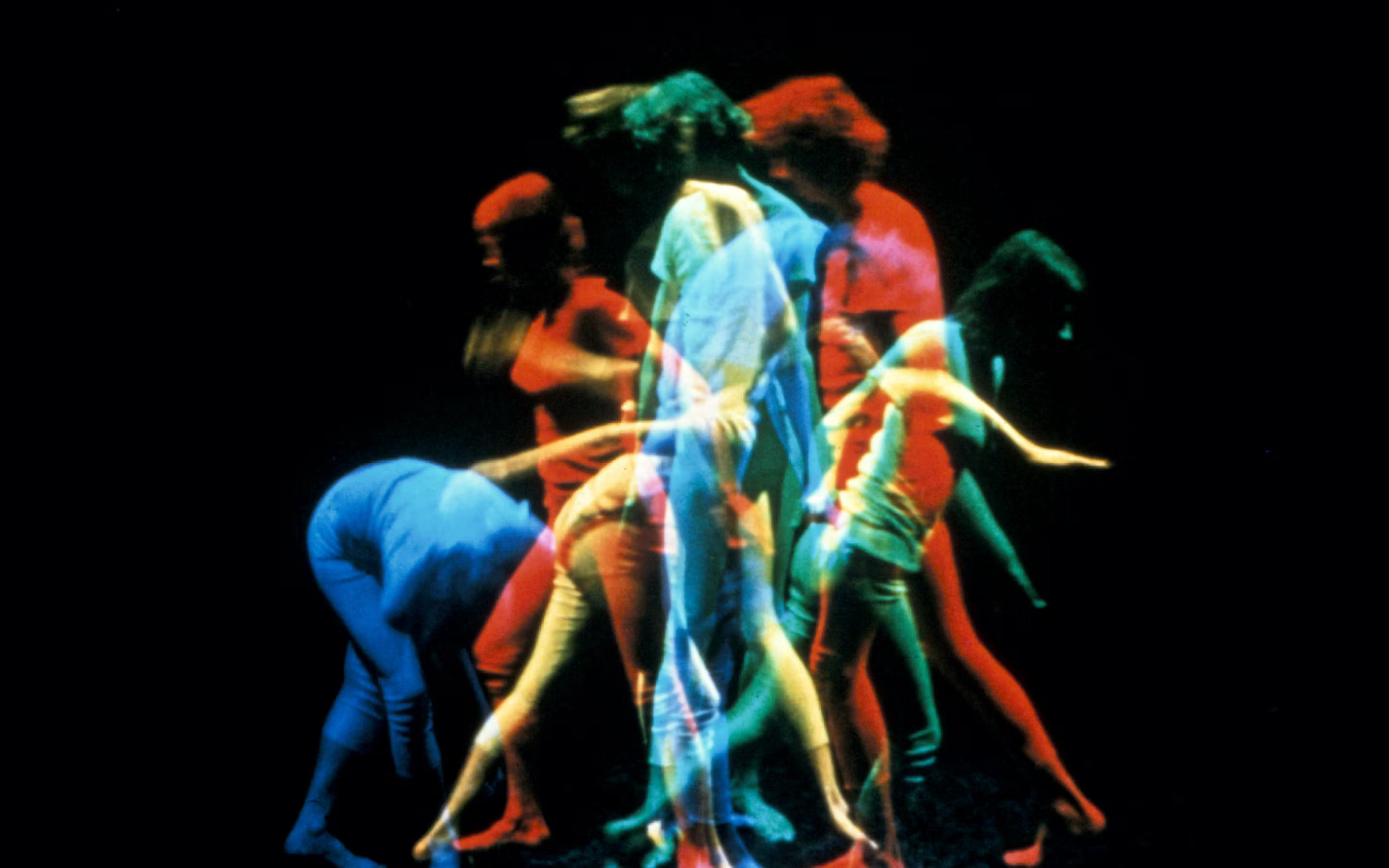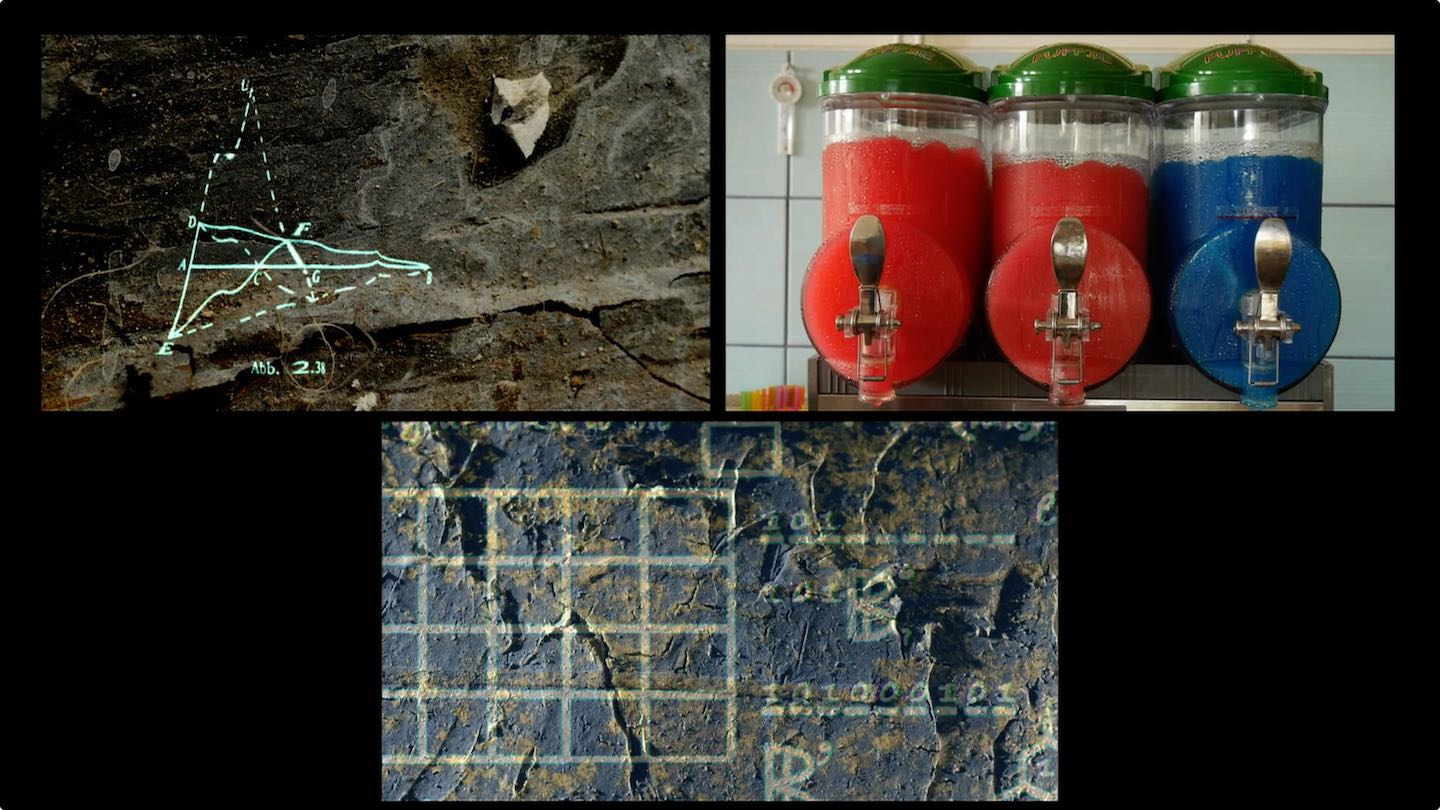October 28–December 3, 2011
The adjective shared by most of the work in this exhibition is "dramaturgical." So I want to stage this review in three different "acts," each of which deals with some aspect of the exhibition.
Act One: Theatricality. The original impetus of "People Things Enter Exit" was to put the work of Judy Radul and Geoffrey Farmer into dialogue. Both artists work in what might be called a "theatrical" way, and Radul, specifically, has written about her own work contra Michael Fried’s use of the word to critique minimalism. Other artists were then included in the exhibition to give both historical and contemporary context, an inspired inclusion that not only opened up how one thinks about Farmer’s and Radul’s work, but also how all the works relate to each other. Each of the works here has some connection to theatre or performance and, in that way, can be seen in the context of this critique of theatricality.
Act Two: Objects. Another way to think about the exhibition is through its objects, none of which presuppose the existence of a spectator. Or, rather, if the work does position a spectator, it implicates him or her as one thing among many. The exhibition asks a simple question: how do objects perform? In Client and Workers (2011), which centers around two video monitors and surveillance cameras, Radul, for example, has scattered interventions throughout the gallery: strips of colored tape between the photo-documentation of Guy de Cointet and the silkscreens of Janice Kerbel, a mirror on a wall, or thin sheets of copper, painted in bright colors and crumpled up behind the gallery’s exposed piping. Spectators end up positioning themselves in relation to the cameras and objects, while, at the same time, watching video footage on two monitors. Radul creates Byzantine installations and her objects infiltrate the space much like the camera infiltrates the spectator’s experience of the video: spectators become objects, and objects become spectators. Conversely, Geoffrey Farmer’s installation, Metal Will Stand Tall (A Single Image Is Not a Splendor) (2011), is an object without an audience. A number of metal pipes were soldered into the form of a tree, and on its "branches" hang cutouts from books, similar to Farmer’s recent work at Casey Kaplan and RedCat. Here, Farmer presents an object that is not exactly a prop or actor for an imaginary play, but the poetic list tacked onto the wall makes it look as if it might be following commands from a hidden director.
Act Three: Contextual Thinking. The use of one medium, genre, institution or practice to consider the properties of another is neither metaphoric (sculpture as dance, for example) nor "post-medium." Quite simply, these works have métiers that are thought through, developed, complicated or transgressed. Daria Martin’s Minotaur (2006), for example, is a short film about choreographer Anna Halprin. Shot in Halprin’s home in northern California, Minotaur is the restaging of a dance that reinterprets a sculpture. Here, experimental film is used to think through dance or theatre. In this case, the film moves between shots of Halprin flipping through a Rodin monograph while the dancers mimic the sculptures seen in the book. "Selection from Act 1" (2011) is a series of silkscreens Janice Kerbel developed out of Kill the Workers (2011), which she has described as a "play for light," and, in this way, it shares an unexpected affinity with Farmer’s recent work. These abstract silkscreens, originally produced as stage directions for the only actors in Kill the Workers—the lighting—are presented here as autonomous works. They are not only intricate studies of light, but also a way of thinking about what kind of script something non-sentient like light might read in order to act. The implications are rich.
Photographic documentation from Guy de Cointet’s Tell Me (1979) depicts scenes from said performance, which could be thought of as a "choreography" of language or as a "theatre" of concepts. If only a complete restaging of de Cointet’s piece would have been possible! Ulla von Brandenburg’s piece, Das Versteck des R. M. (The Hiding of R. M.) (2011) brings us back to the idea of an exhibition of objects without a spectator. The work is a piece of fabric dyed twenty-six times and rolled up, so that the viewer can only see a few yards of it and the colorful fringes of the roll. It also relates to the larger series of works von Brandenburg has been doing surrounding a fictional character called "R. M." Here the work is concealed, unavailable to us, much like the secret character von Brandenburg has created.
So while "People Things Enter Exit" sets out to address theatre or performance in some way, and, as a result, critiques the established relationship between spectatorship and objecthood, perhaps what is even more generative is the way in which these works engage in contextual thinking. If you want to do something, do something else. If you want to write a novel, dye fabric. If you want to stage a play, make sculpture. If you want to write stage directions, draw. If you want to make a sculpture, film a dance. In other words, allegory.
